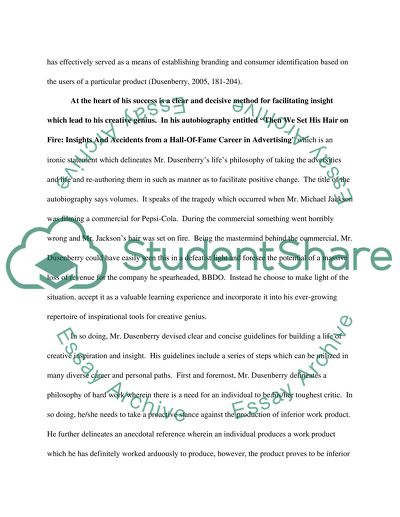Cite this document
(Then We Set His Hair on Fire Essay Example | Topics and Well Written Essays - 2500 words, n.d.)
Then We Set His Hair on Fire Essay Example | Topics and Well Written Essays - 2500 words. Retrieved from https://studentshare.org/marketing/1524515-marketing-master-book-reportreview
Then We Set His Hair on Fire Essay Example | Topics and Well Written Essays - 2500 words. Retrieved from https://studentshare.org/marketing/1524515-marketing-master-book-reportreview
(Then We Set His Hair on Fire Essay Example | Topics and Well Written Essays - 2500 Words)
Then We Set His Hair on Fire Essay Example | Topics and Well Written Essays - 2500 Words. https://studentshare.org/marketing/1524515-marketing-master-book-reportreview.
Then We Set His Hair on Fire Essay Example | Topics and Well Written Essays - 2500 Words. https://studentshare.org/marketing/1524515-marketing-master-book-reportreview.
“Then We Set His Hair on Fire Essay Example | Topics and Well Written Essays - 2500 Words”, n.d. https://studentshare.org/marketing/1524515-marketing-master-book-reportreview.


